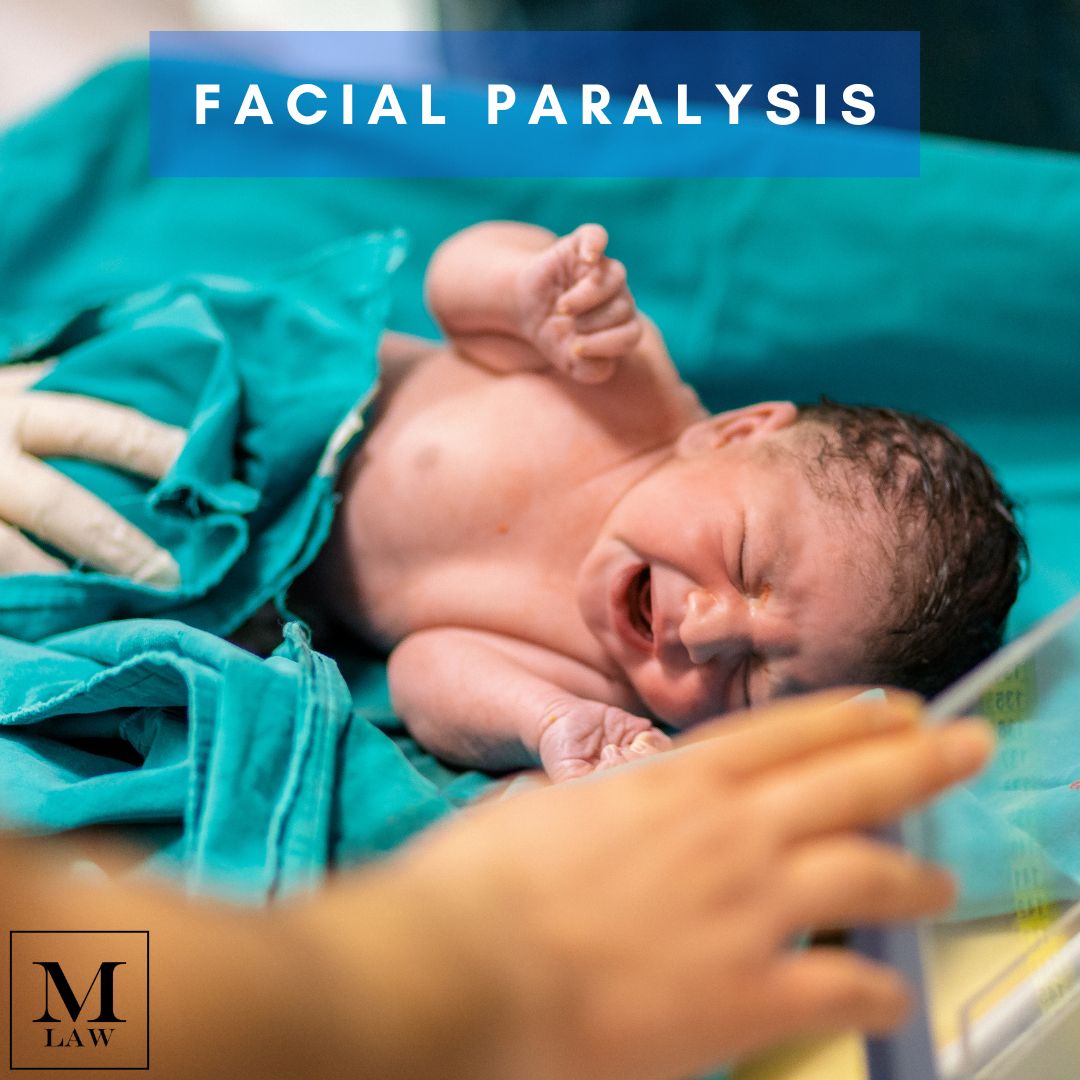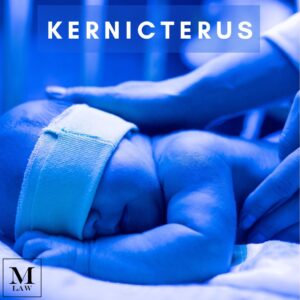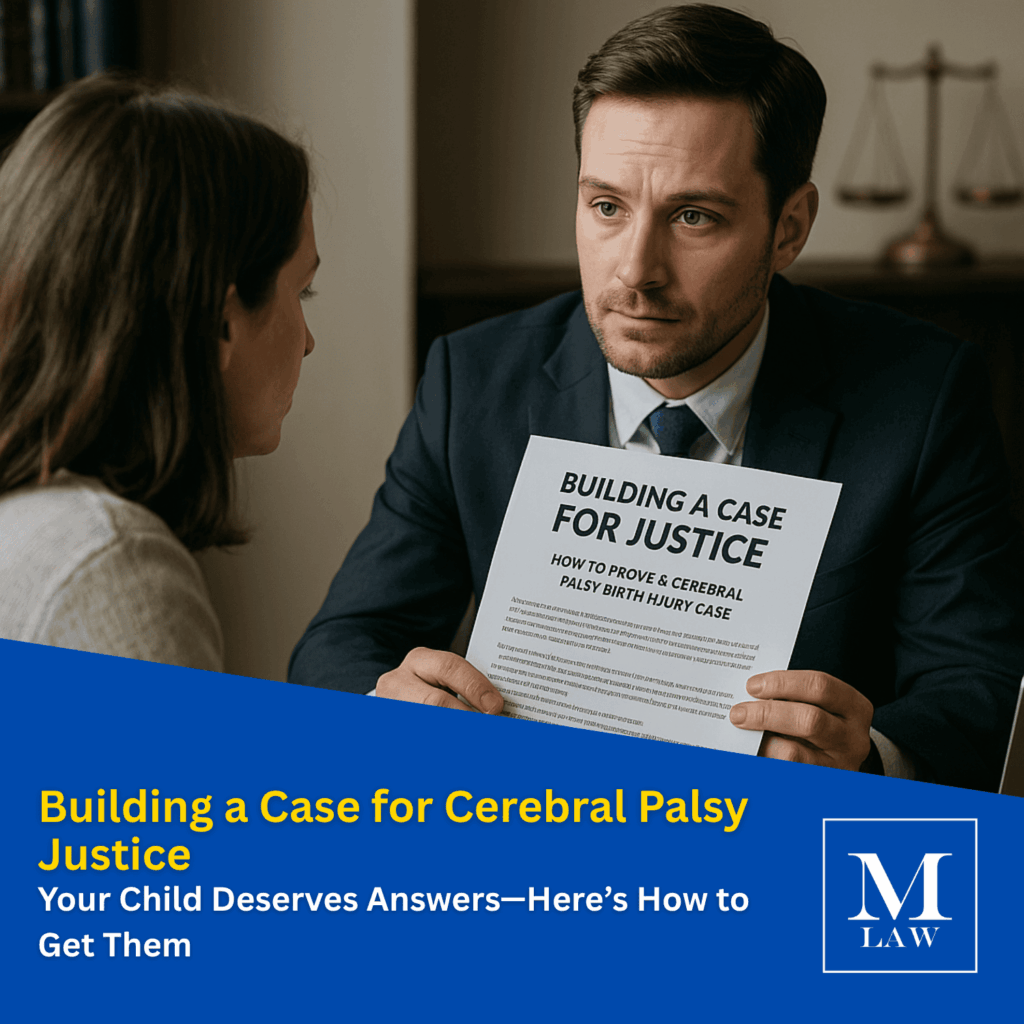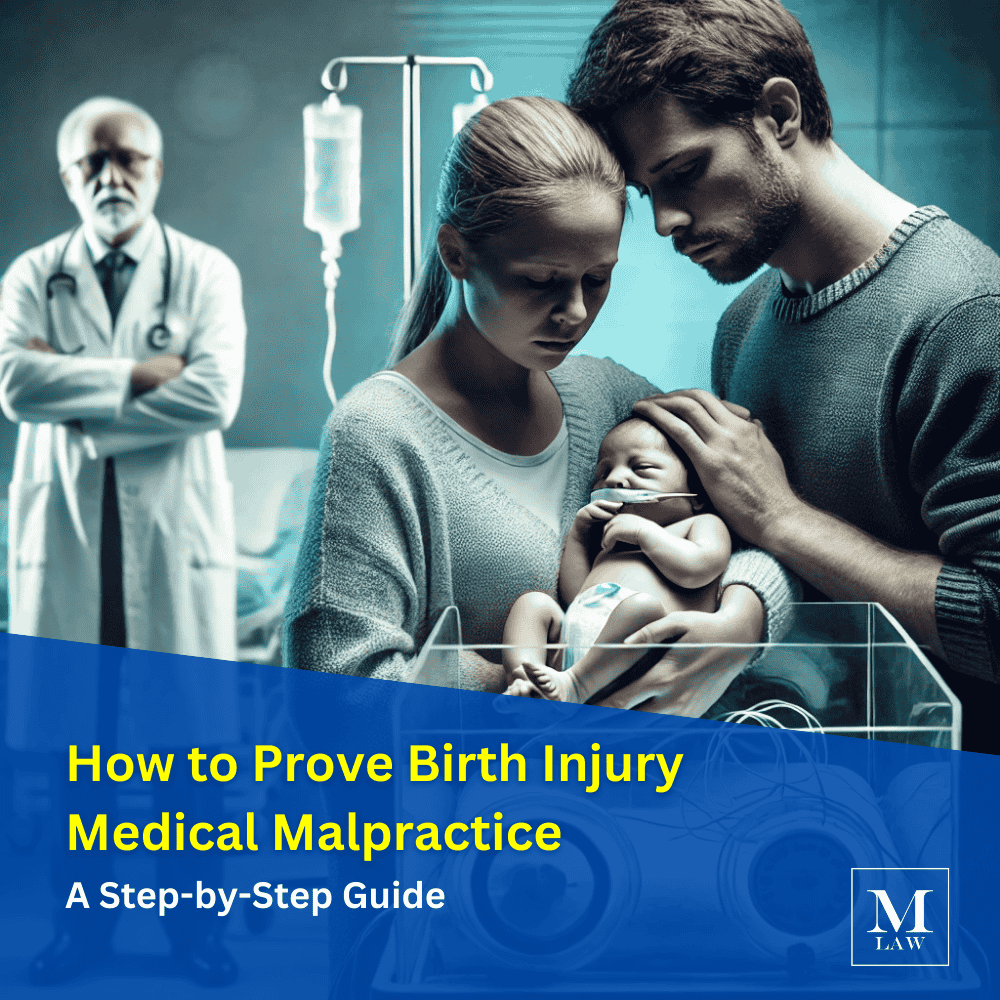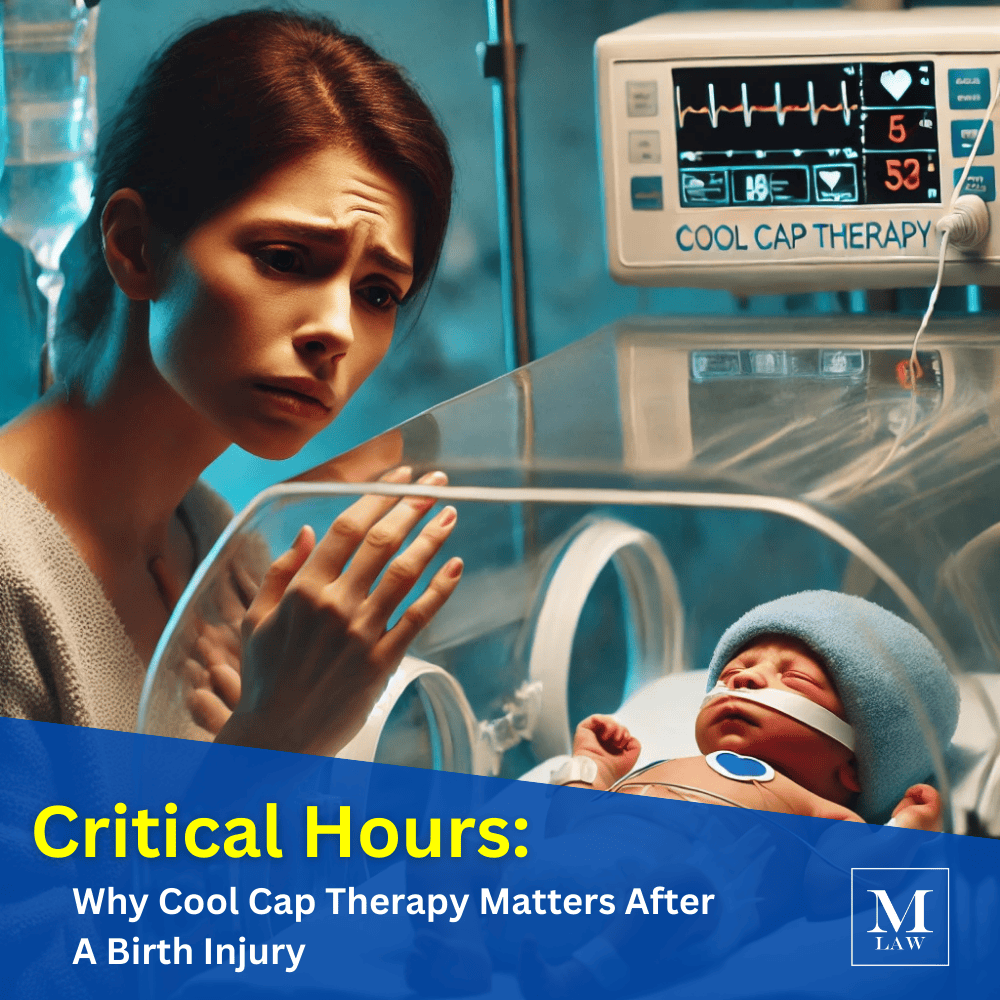What is Congenital Facial Paralysis?
Congenital facial paralysis, also known as congenital facial palsy or Moebius syndrome, is a rare condition characterized by the absence or underdevelopment of the facial nerve, which controls the muscles responsible for facial expressions. It is present at birth, hence the term “congenital.”
The exact cause of congenital facial paralysis is not always known, but it is believed to result from a combination of genetic and environmental factors. Some cases may be associated with certain genetic abnormalities or maternal infections during pregnancy. However, in many instances, the exact cause remains unidentified.
The primary symptom of congenital facial paralysis is the absence or limited movement of the facial muscles on both sides of the face. This can result in a lack of facial expressions, difficulty closing the eyes, problems with smiling, and challenges with other voluntary movements of the face.
In addition to facial paralysis, individuals with congenital facial paralysis may experience other associated features or medical conditions, which can vary widely from person to person. These can include:
- Impaired eye movement or coordination: Some individuals may have difficulties moving their eyes or coordinating their eye movements.
- Feeding and swallowing difficulties: Infants with congenital facial paralysis may have challenges with breastfeeding or swallowing due to weak facial muscles.
- Speech and language delays: The condition can affect the development of oral muscles, leading to speech and language delays or difficulties.
- Limb abnormalities: In some cases, congenital facial paralysis can be associated with abnormalities of the limbs, such as clubfoot or limb length differences.
- Hearing impairment: Some individuals with congenital facial paralysis may have hearing loss or other ear-related abnormalities.
Treatment for congenital facial paralysis focuses on managing the symptoms and improving quality of life. This may include interventions such as physical therapy to improve muscle strength and coordination, speech therapy to address speech and language delays, and eye care to protect the eyes and ensure proper lubrication. In some cases, surgical procedures may be considered to address specific functional concerns.
It is important for individuals with congenital facial paralysis to receive comprehensive medical care, including ongoing monitoring and support from a multidisciplinary team of healthcare professionals.
Infant Facial Paralysis from a Birth Injury
Birth injuries occur during the process of labor and delivery and can result in various complications, including damage to the facial nerve or other structures involved in facial muscle movement.
During childbirth, factors such as prolonged labor, the use of delivery-assisting instruments like forceps or vacuum extractors, or excessive pressure on the baby’s head can potentially lead to trauma or injury to the facial nerve. This can result in facial paralysis or weakness on one or both sides of the face.
Facial nerve injuries during birth can be categorized into two main types:
- Stretch or compression injuries: Excessive pressure or stretching on the facial nerve during delivery can cause damage. This can occur if there is difficulty in the baby’s head passing through the birth canal or if instruments like forceps or vacuum extractors are used improperly.
- Direct trauma: In some cases, direct trauma to the baby’s face during delivery, such as the use of excessive force or inappropriate handling, can lead to facial nerve injury.
Not all cases of infant facial paralysis are due to birth injuries. Other causes, such as underlying genetic medical conditions, may also contribute to facial paralysis in newborns.
If you suspect that your child’s facial paralysis is the result of a birth injury, it is crucial to seek medical attention and consult with a qualified healthcare professional. They can evaluate your baby’s condition, conduct appropriate diagnostic tests, and provide appropriate medical care. Additionally, consulting with a legal professional experienced in birth injury cases can help assess the circumstances and determine if there are grounds for pursuing legal action if medical negligence or malpractice is suspected.
Pursuing Legal Action
In some cases, if congenital facial paralysis is believed to be the result of medical negligence or malpractice during pregnancy, labor, or delivery, legal action may be pursued. This could involve allegations that a healthcare professional or medical facility failed to provide the expected standard of care, resulting in harm to the baby and the development of facial paralysis.
If you believe that medical negligence or malpractice played a role in your child’s congenital facial paralysis, get in touch with the birth injury lawyers here at Merson Law PLLC. We may be able to evaluate the specific details of your situation, review medical records, and provide legal advice and representation tailored to your circumstances.


